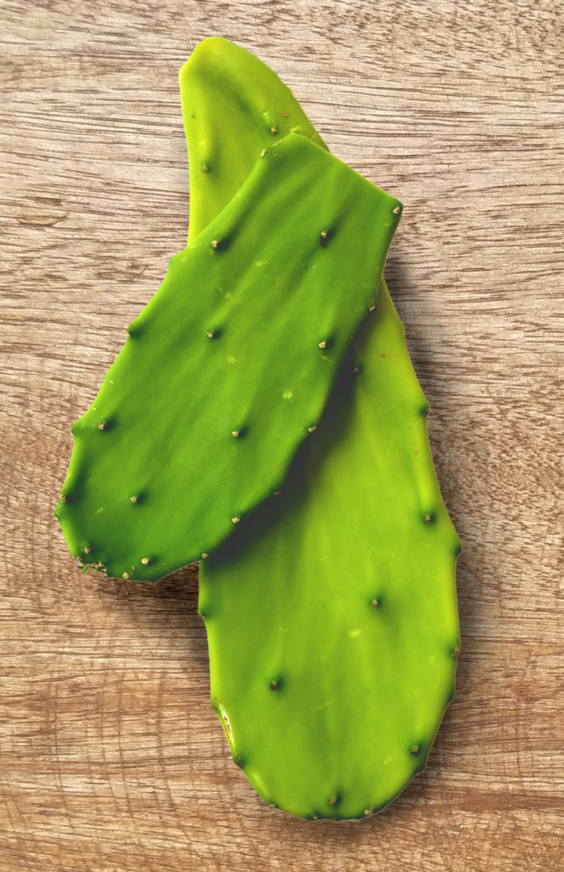
Prickly Pear cactus – officially known as Opuntia cochenillifera, Tuna and Nopal (Spanish), Pa’kam (Mayan) and Scoggineal (Creole) produces pads cultivated for eating and is not the same species as the fiercely-spined desert prickly pear cacti you may have met in other hot landscapes.
Nopales (no-PALL-ez) are cultivars (cultivated varieties) with minimal spines to avoid as you prepare it for cooking. The nopales in the Better In Belize milpa are so free of spines that you can harvest them without gloves (compare below – wild prickly pear is on the left).
If you are purchasing prickly pear in the market, choose crisp, bright-green pads. They’ll keep fresh for up to a week refrigerated in a plastic bag.
You can use nopales medicinally or as a vegetable. The texture of edible nopales is a bit gooey, like okra. They taste lemony, and make an interesting addition to scrambled eggs or omelets, tacos, salads, or veggie side dishes. Some people eat them raw. The red or yellow fruit is edible, too – crunchy and sweet, once you have worked around the hair-like spines
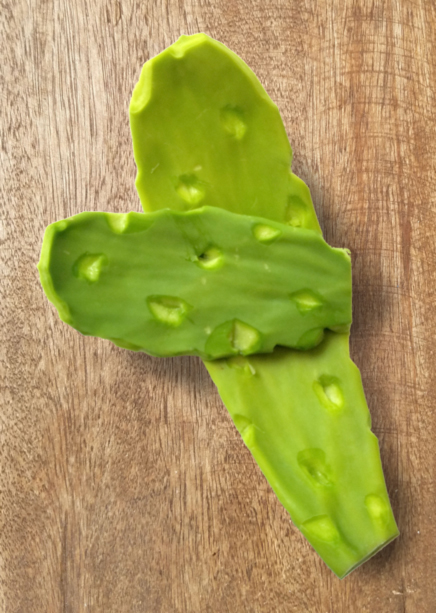
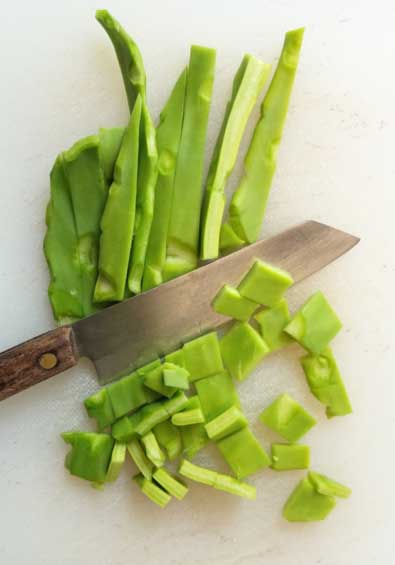
To prepare nopales, wash thoroughly using a brush or scrubber to scrape off spines, then either scrape off any remaining spiny knobs or cut divots that contain the spines out of the pads. Rinse the pads off thoroughly, then slice them into ½” strips or chunks.
Boil in enough salted water to cover them for ten minutes. Because the water will be a bit gooey, drain and rinse them with warm water.
Stored in a container in the refrigerator, the diced nopal can be added to various dishes for up to a week.
Nopales are an important part of Mexican cuisine, and are eaten frequently in Belize. One easy dish is Nopales Con Huevos, which is simply scrambled eggs with the addition of diced nopales (and onions or peppers if you wish).
Add cumin for a little sparkle. The cooked or raw diced pieces give a tart tang to salads.
Nopales also delicious grilled and topped with melted cheese: Scrape off the spines, rinse and dry, make 3 or 4 slices across the surface then brush with oil and grill about 3 minutes on each side. Top with melted cheese.
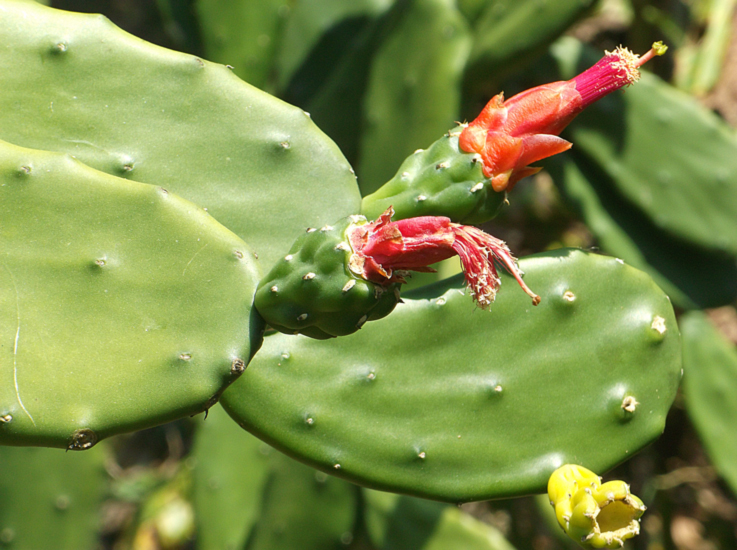
As medicine, prickly pear cactus is said to have many virtues. Full of antioxidants and vitamins, it is listed among the 100 Healing Herbs of Belize in Rosita Arvigo’s Rainforest Remedies book (find under “Scoggineal”), and its use is recommended in various forms (decoctions, teas, etc.) to treat headaches, fever, high blood pressure, falling hair and bladder conditions, among other things. A pad, sliced the long way, is placed gooey side down over skin ulcers to heal them (see image below).
Check out Rosita’s website for workshops if you are interested in learning more about medicinal plants and their uses in Belize.
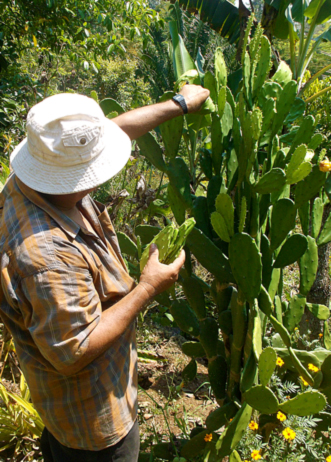
harvesting nopales 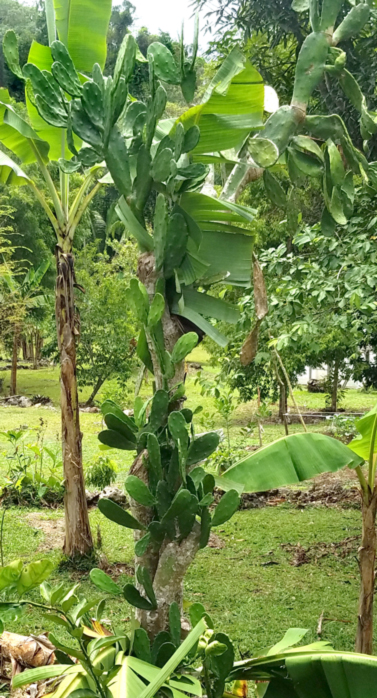
The nopal tree in the BIB milpa 
Rosita Arvigo prepares a medicinal nopal pad
There used to be a small orchard of prickly pear cactus “trees” next to the bodega in the milpa at Better in Belize. There’s only one now, and it’s severely pruned, but it’s still producing edible or medicinal pads for your culinary or medicinal projects.
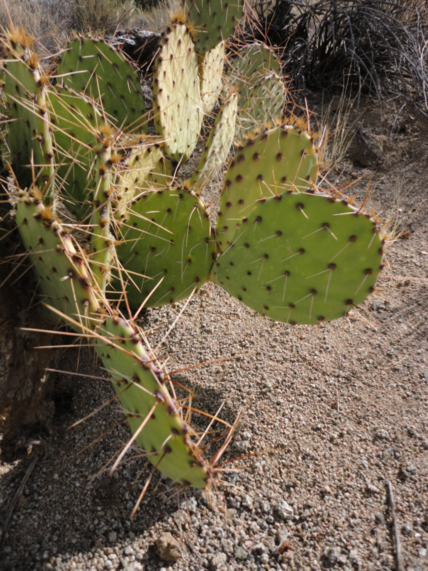
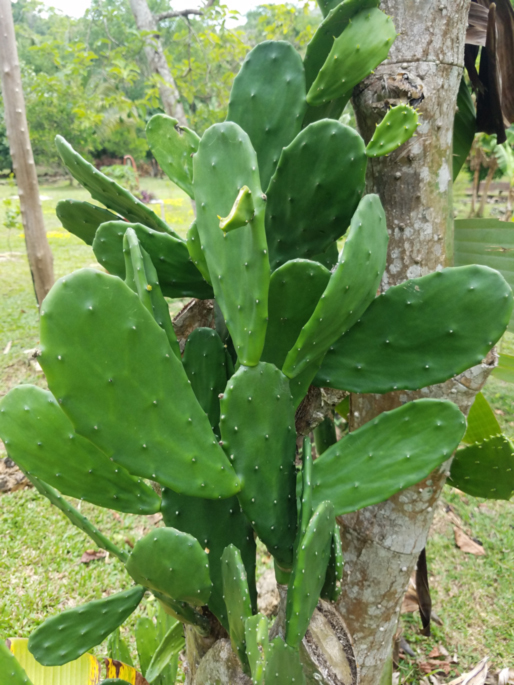
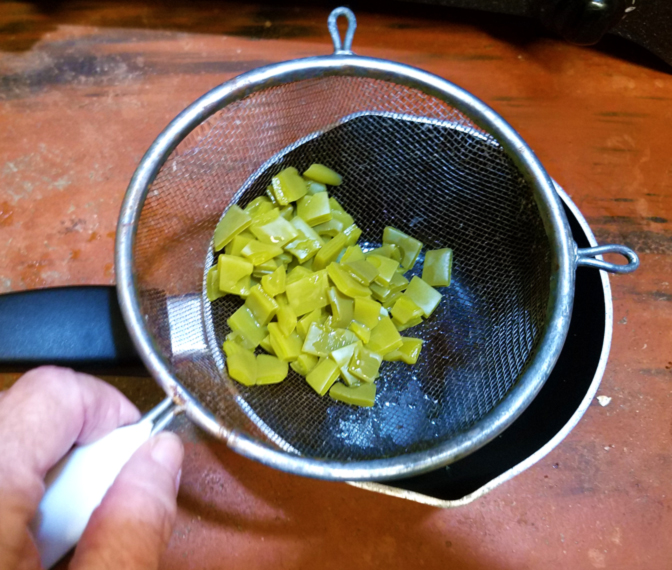
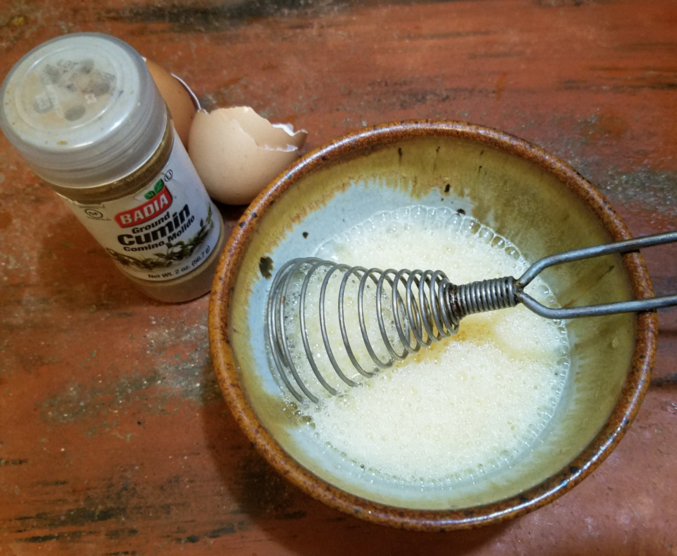
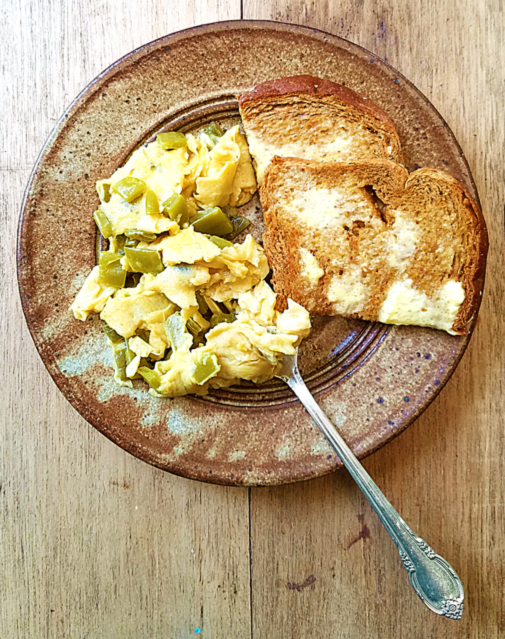
In Hawaii friend had two types of prickly pears in their yard.
One was better for cooking and the other produced a huge amounts on marvelous tunas (fruit.)
The better cooking ones were fine, but people wanted pads from the heavy fruiting one to grow their tunas.